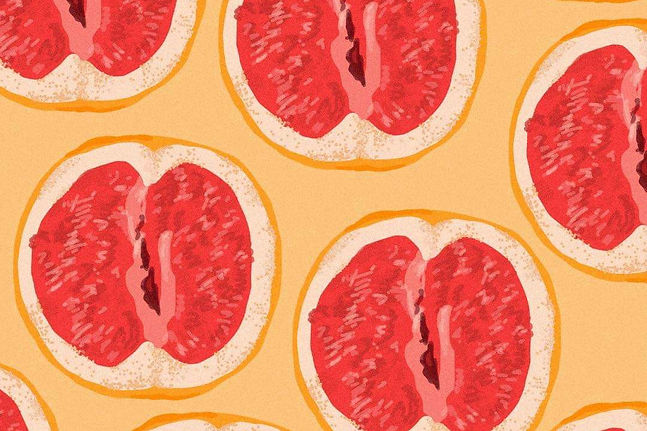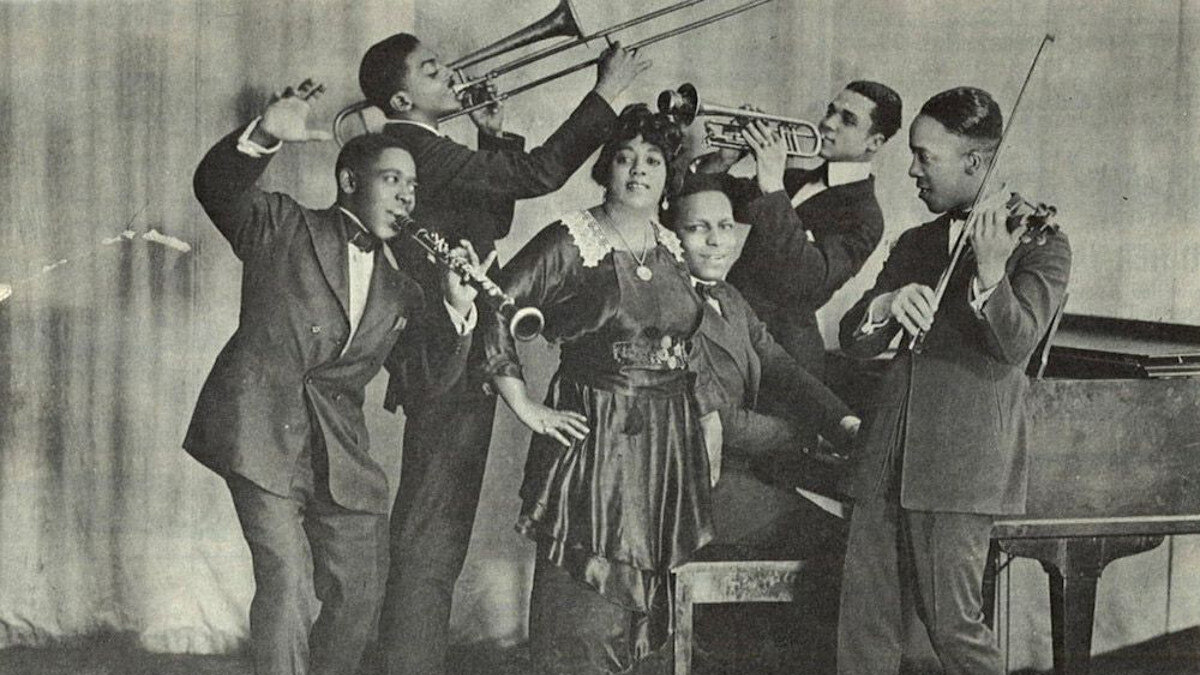
Reputations and Realities: Racism in Durham
Izzy Gibson
In 2020, Black Lives Mattered.
Last year, our news platforms, social media accounts, and educational institutions were sparked by the tenacious fires of social change. A long-overdue campaign for racial justice had begun. It seems, however, that we have collectively decided to plant this campaign on the backbenches. We posted our black squares, we raised our cardboard signs, and agreed that the job was done.
One year attending Durham University would prove otherwise.
I was, and to a certain extent always will be, sheltered from the realities of racism in the UK. Of course, I continue to educate myself as best I can. To question the pre-existing institutional, governmental, and social dogmas concerning race must be a conscious activity that we all partake in. If one simply accepts the progress already made, then how can we possibly learn what more there is to do?
In early 2021, I decided to post a survey, asking current Durham students about their experience of discrimination whilst at university. Whilst my survey addresses more general concerns regarding all forms of discrimination, sexual, homophobic, classist and so on, it is necessary to address each social issue on its own. Racism, it appears, runs persistently and inherently through Durham’s cobbled streets.
I am particularly interested in Durham’s reputation – how my university is perceived from the outside and whether these perceptions persist within. Students’ anecdotal accounts of their perspectives before beginning their course revealed two primary beliefs:
Durham has an overwhelmingly positive academic reputation
Durham is a white, traditionalist, and toxic environment
As one participant put it, Durham is a “great uni for academics but awful for diversity and full of privilege”.
90% of survey participants agreed that Durham’s reputation for distrimination is worse than other UK universities. No student claimed that the university’s reputation is better. The issue begins here.
Whether through friends, family, teachers, news, or social media, students were aware of Durham’s lack of diversity and likelihood for discrimination before even moving onto campus. It is widely believed that the university has “a very toxic culture regarding race and sexism” with “a reputation as a private boys club, with a lot of sexism and racism”. One participant simply wrote: “classist, sexist, racist.”
It appears to me that BAME students are thus forced to wiegh the university’s undoubtably negative reputation for discrimination against their academic opportunities. That is, BAME students are deterred from joining Durham through fear of their own safety. They are compelled to accept a place on purely academic grounds, risking their own wellbeing for a fulfilling education.
Student’s affirmed this situation, stating: “I had heard it was a very white university and had concerns about diversity and if I would be accepted into social groups”. Another student poignantly suggested that “People had expressed their concerns with me attending Durham university to the point they had tried to stop me. I have lived in a deprived area, with high gang culture and very diverse. Coming from a poor family background and being a black woman, there were so many things that I could experience (racism, sexism and just being from “poverty”). I felt I was going to be alone. And I prepared to face my time in Durham alone.”
Such fear of racial abuse echoes throughout the survey. Another black student wrote that “Many of my friends back home were warning me about coming to Durham, being that it has mostly white students. They thought I was going to experience racism on a daily basis and that nothing would be done about it.” The phrase, “concerned for my own safety” was all too apparent.
To force a student to choose between personal safety and academic opportunity is abhorrent.
White students were aware of these issues and were “very apprehensive about being in a toxic environment”. One expressed that “I didn’t have concerns for my own safety because I have priveleges from my sex and race.” another states that “I had no concerns of my safety as I know I am a white privileged male.” BAME students meanwhile feared for their own wellbeing.
White privilege is thus certainly evident throughout the university; it is the difference between perceiving a “toxic environment” and becoming a victim of that environment itself.
On discerning Durham’s negative racial reputation, one must ask themselves a more sinister question: Does this university’s external reputation accurately encompass the reality of student experience there? Are the rumoured threats to BAME students real? Could it all just be “talk”?
On further investigation I am afraid to report that, put simply, Durham is just as racist as rumoured.
Only 30% of Durham students aren’t white. This means that 70% of students will not experience this racism first hand. Despite this, 57% of students surveyed had either personally been subject to acts of racism during their year at uni or had heard of such events occurring to friends and fellow students. ⅓ of students suggested that racism is the most pressing issue in Durham at present.
What does this mean? Racist culture persists throughout the university – there are few BAME students present to experience it, but this does not negate the sheer quantity of abuse reported. As one student put it, “A lack of diversity inevitably leads to bigotry people feeling comfortable in perpetuating racism. It’s not a ‘rumour’. It’s a fact.”
Students reported constant “Racist jokes”. Two students surveyed were called the N-word during their first week at Durham. Another stated that “a friend was told to go back to being a slave”. Even more sinister, a student admitted that “my teacher used the n word during a lecture”.
Durham has, in some areas, attempted to combat its diversity and discrimination epidemic. The University’s newest college, “South”, is advertised to stand for “Freedom, Equality and Global Citizenship”. Their efforts have not gone unnoticed. The college is evidently the most ethnically diverse in Durham – far from an impressive feat but progress nonetheless. However, response to such attempts at diversifying the university have been very telling. Both survey participants and myself alike have heard that “students in Hatfield call South College the ethic college […] it is not exactly diverse.”
It is therefore clear that Durham has a problem not only with diversity, but with its attitudes towards diversity too. Durham’s racist culture is as much provoked by its own white students as it is by the institution itself.
With an astonishing 38.7% of Durham students having attended private school, it seems that most of the university’s population have been exposed to the intricacy of Latin conjugations more than they have to a regular and representative society.
I am aware that some may view my writing as a smear campaign of which Durham is at the receiving end. This is not my intention. Durham university fosters creativity, opportunity, education, and free-thought. The university is enriching, stimulating, and (in my experience) incredibly fun. My aim instead is to present this anecdotal evidence before those who need to see it. There is no winner when an excellent student is deterred from enrolling in an excellent university due to racism. Students, staff, and alumni alike should take action to ensure that, in the future, one is not forced to choose between racial equality and education. Durham’s efforts against racism must be a priority. If not, I fear that the university’s toxic, threatening, microcosmic thought-chamber will only perpetuate further.









